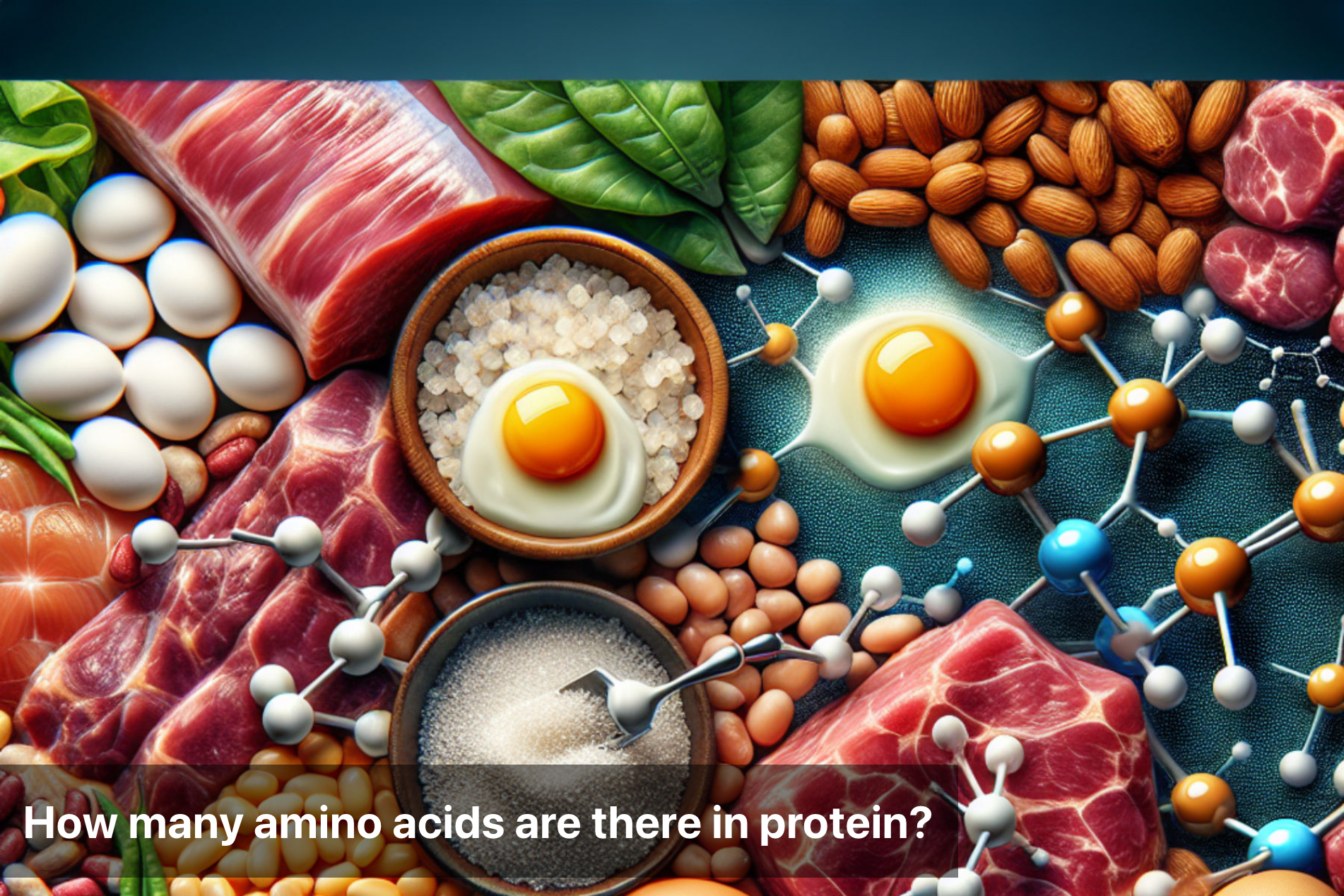
How many amino acids are there in protein?
Amino acids are the building blocks of protein, essential for numerous biological functions. These organic compounds contain amino and carboxyl groups, crucial for protein structure and function. There are twenty different amino acids in total, each with a unique side chain that distinguishes them from one another.
The significance of amino acids in protein cannot be overstated. They are involved in a wide range of processes, from enzyme catalysis to immune response. Understanding the role of amino acids in protein structure provides insights into the functioning of living organisms at a molecular level.
It's fascinating to explore how variations in amino acid sequences can give rise to the diversity of proteins in nature. The intricate interplay between amino acids highlights the elegance of molecular design in the realm of biochemistry.

Types of Amino Acids
Amino acids are the building blocks of proteins, crucial for various biological functions. There are three main types of amino acids: essential, non-essential, and conditional amino acids.
Essential Amino Acids: These are amino acids that the body cannot produce on its own, so they must be obtained through diet. There are nine essential amino acids, including histidine, leucine, and valine. They play a vital role in protein synthesis and overall health.
Non-essential Amino Acids: These are amino acids that the body can produce internally, so they do not need to be consumed through diet. Examples of non-essential amino acids are alanine, glutamine, and serine. They contribute to various bodily functions like tissue repair and hormone synthesis.
-
Conditional Amino Acids: These amino acids are not essential under normal circumstances but become essential in times of illness or stress. Conditional amino acids include arginine, cysteine, and tyrosine. They support the immune system and aid in the healing process.
Understanding the different types of amino acids is crucial for maintaining a balanced and healthy diet. By incorporating foods that provide a variety of amino acids, we can ensure optimal protein synthesis and overall well-being.
How Many Amino Acids in Protein?
Proteins are made up of long chains of amino acids linked together. The number of amino acids in a protein can range from a few dozen to thousands. For instance, smaller proteins like insulin consist of about 51 amino acids, while larger proteins such as titin can contain over 30,000 amino acids.
The sequence and arrangement of these amino acids in a protein define its unique structure and function. Just like letters in the alphabet combine to form words with different meanings, amino acids come together to create an extensive variety of proteins with diverse roles in the body.
Understanding the number of amino acids in a protein is essential in comprehending how these biological molecules contribute to processes like muscle contraction, enzyme function, and immune response. By unraveling the intricate world of protein structure, we gain insights into the fundamental building blocks of life.
Functions of Amino Acids in Proteins
Building Blocks: Amino acids are the basic units that form proteins, linking together through peptide bonds.
Enzyme Catalysis: Certain amino acids within enzymes act as catalysts, facilitating biochemical reactions in the body.
Structural Support: Amino acids contribute to the structural integrity of proteins, forming secondary and tertiary structures crucial for stability and function.
Transportation: Some amino acids, like lysine and arginine, serve as carriers for molecules across cell membranes or within the bloodstream.
Signaling: Amino acids play roles in cell signaling pathways, mediating processes such as hormone release and cell communication.
Immune Response: Certain amino acids are involved in immune function, aiding in the production of antibodies and cytokines that defend against pathogens.
Neurotransmitter Synthesis: Amino acids like glutamate and glycine serve as precursors for neurotransmitters, facilitating nerve signal transmission.
Gene Expression: Amino acids influence gene expression by interacting with regulatory proteins and transcription factors, modulating gene activity.
pH Regulation: Some amino acids act as buffers, helping to maintain the pH balance within cells and bodily fluids.
Energy Production: Amino acids can be converted into energy through metabolic processes when carbohydrates and fats are insufficient.

Exploring the Diversity of Amino Acids in Proteins
Understanding how many amino acids are there in proteins is fundamental to grasping the complexities of protein structure and function. Proteins are composed of 20 different amino acids in diverse combinations, each contributing uniquely to protein diversity and function.
Furthermore, the significance of amino acids in proteins cannot be overstated. These building blocks are crucial for the formation of protein structures, catalyzing enzymatic reactions, transmitting signals within cells, and supporting immune function. Their involvement in such diverse functions showcases the versatility and indispensability of amino acids in biological systems.
In essence, the intricate interplay of amino acids in proteins underscores their pivotal role in sustaining life processes. By recognizing the distinct contributions of each amino acid, we gain a deeper appreciation for the complexity and elegance of biological systems. This knowledge not only enhances our understanding of the molecular basis of life but also underscores the importance of maintaining a balanced and diverse diet to ensure an adequate supply of essential amino acids for optimal health and well-being.
This Blog post is an initiative by Lo! Foods, to provide accurate and Nutritionist / Doctor approved information related to Health. Lo! Foods is India's leading brand for Everyday Functional Foods. Foods designed for specific Health conditions or Needs. Lo! Foods also runs India's largest range of Low Carb Healthy Cloud Kitchens, under the brand names of Lo!, ProteinChef, ATH (All Things Healthy) and DiabeSmart.



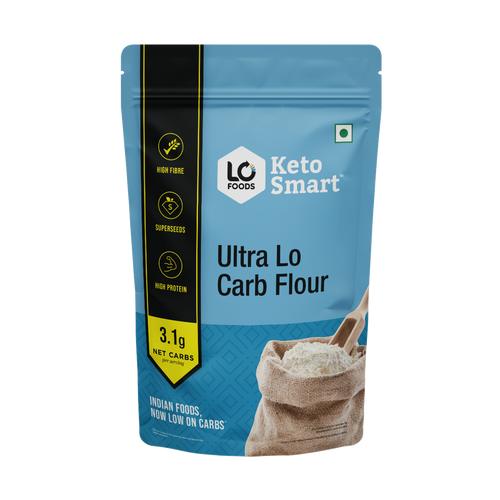
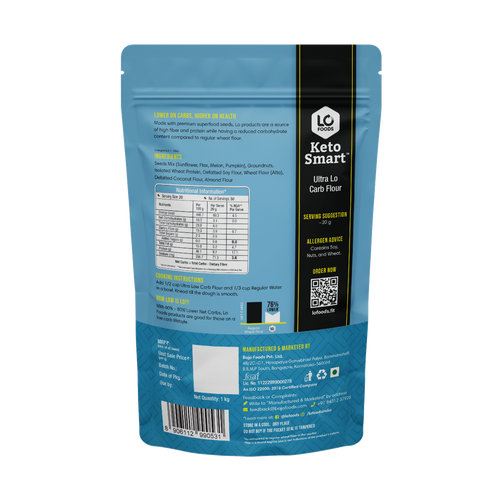

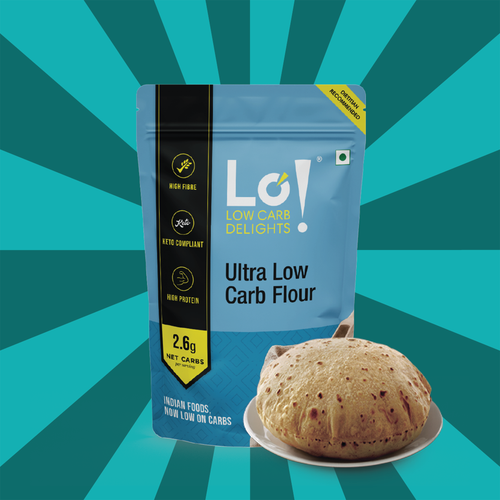


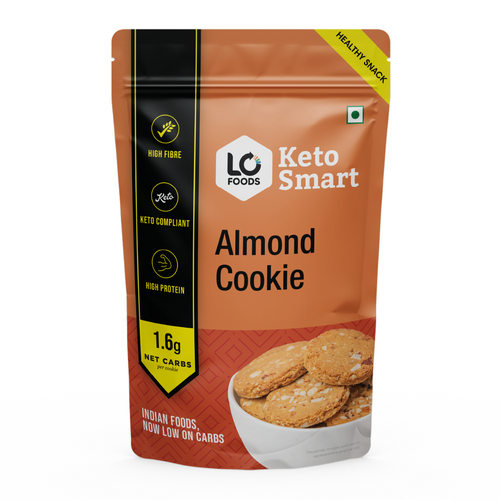



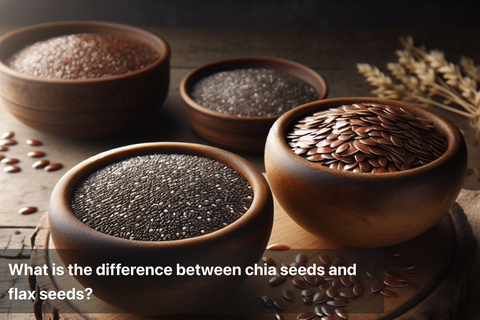

Leave a comment
Your email address will not be published.